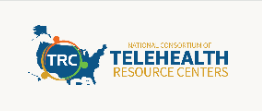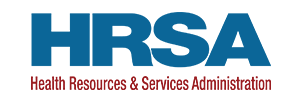January 8, 2025

Upcoming Webinar Series – Improving Preventive Care in Early Childhood, March 3
The Centers for Medicare & Medicaid Services (CMS) launched this new webinar series. It focuses on opportunities for state Medicaid and Children’s Health Insurance Program (CHIP) programs to improve delivery of developmental and lead screenings, immunizations, and early oral health interventions during well-child visits in early childhood. The webinar series will be followed by an action-oriented affinity group in the spring of 2025.
Who should attend:
- State Medicaid and CHIP programs staff,
- Pediatric providers,
- Public health agencies,
- Quality Improvement partners,
Click Here to visit the Improving Well-Child Care website for more information.
Please submit any questions to the quality improvement technical assistance mailbox: MACQualityImprovement@mathmatica-mpr.com
Cost: Free
When:
- Monday, March 3, 1:00 p.m. – 2:00 p.m., State Medicaid and CHIP Experiences Promoting Preventive Care through Well-Child Visits in Early Childhood
- Monday, March 31, 1:00 p.m. – 2:00 p.m., Overview of the Improving Preventive Care in Early Childhood Affinity Group and Expression of Interest Process
- Monday, April 14, 1:00 p.m. – 2:00 p.m., Addressing Barriers to Well-Child Visits and Preventive Care: Promising Approaches to Transportation in Medicaid and CHIP
Click Here to Register (you may register for one or all three in the series)






